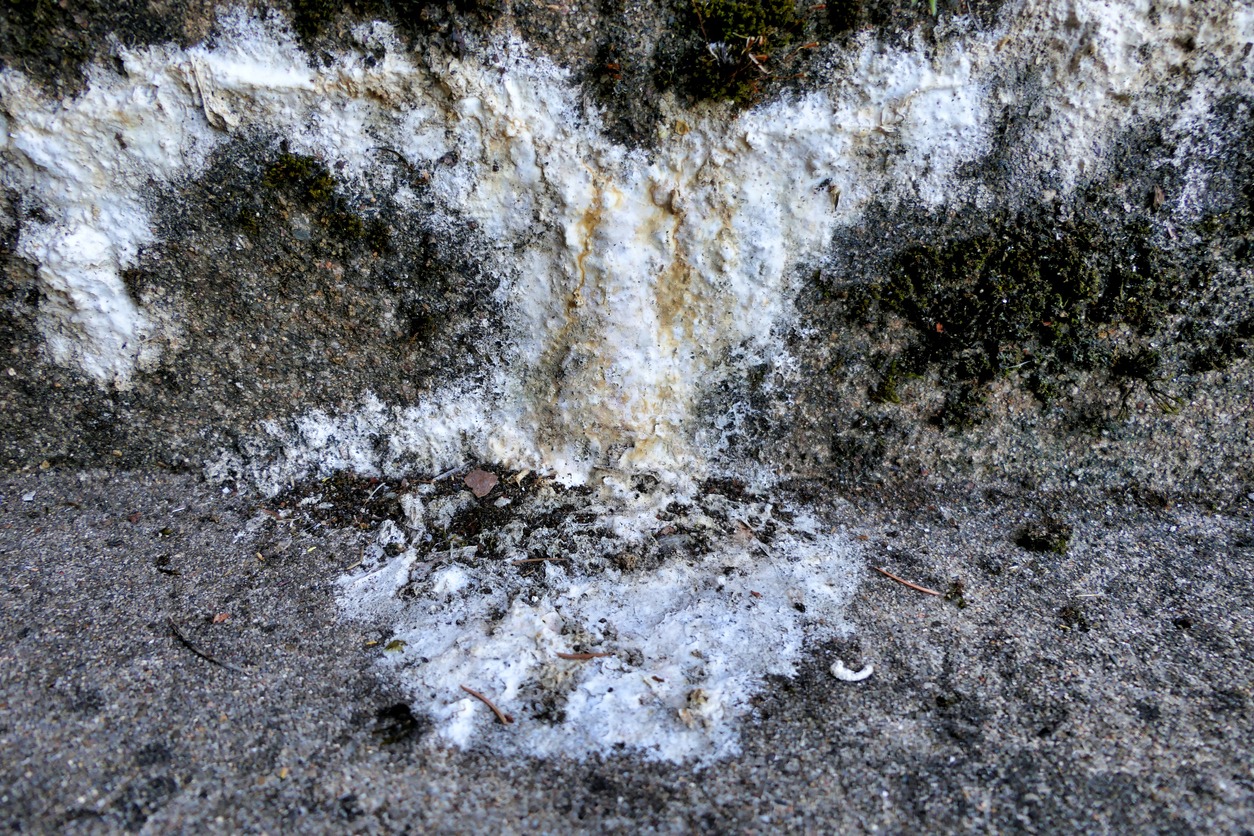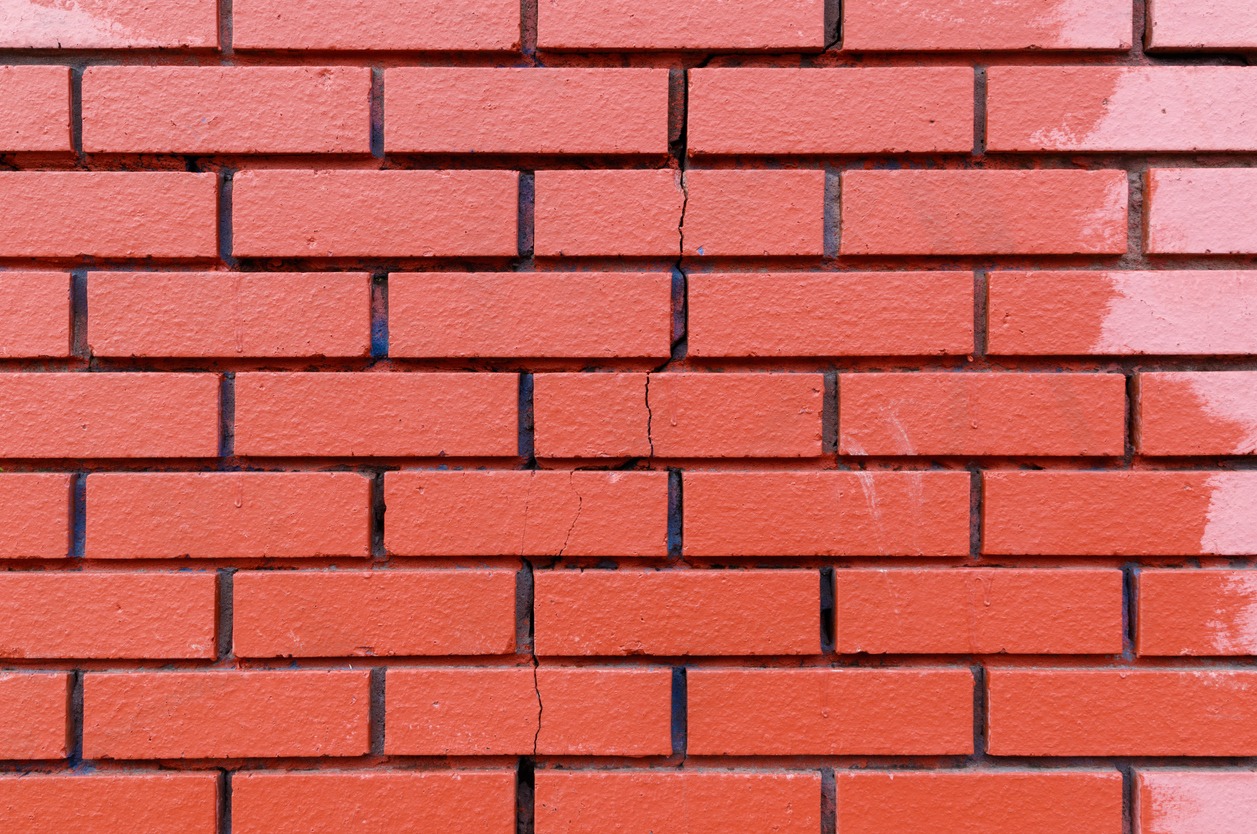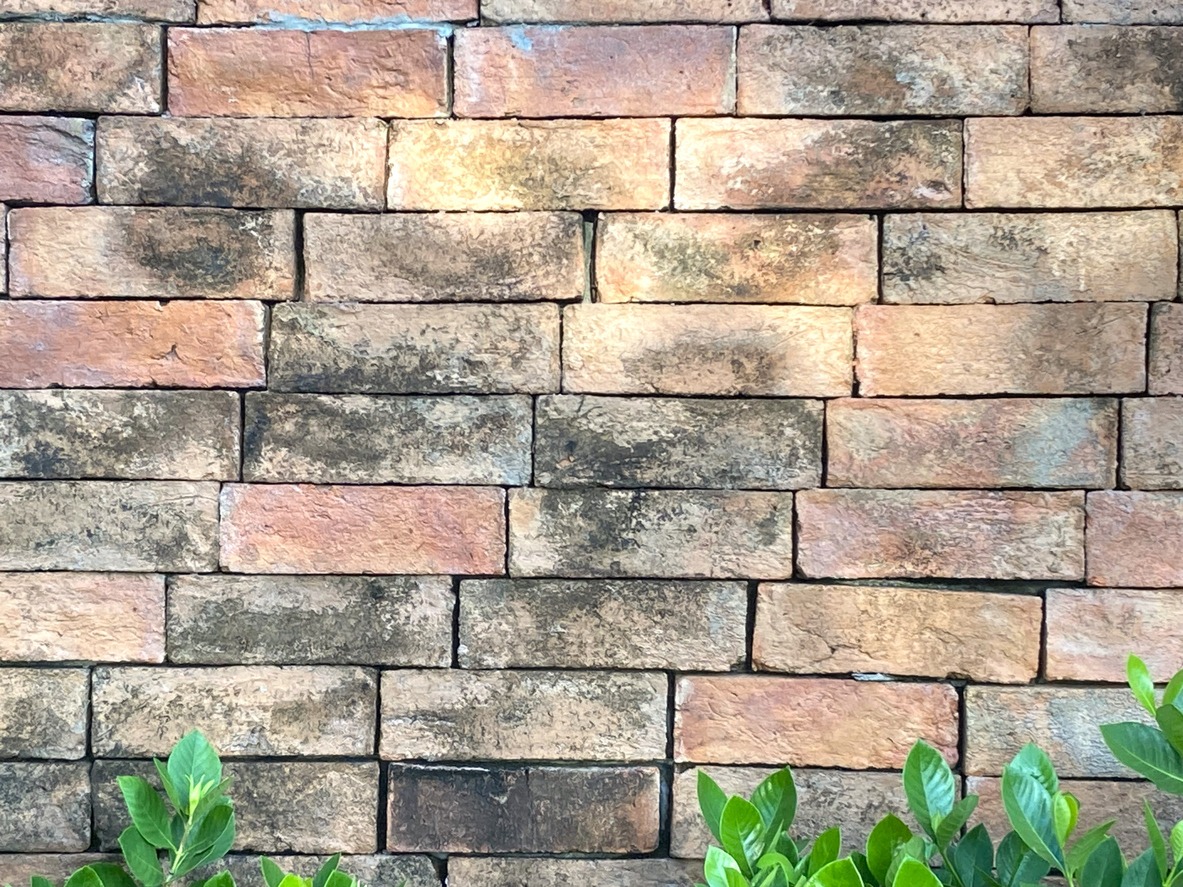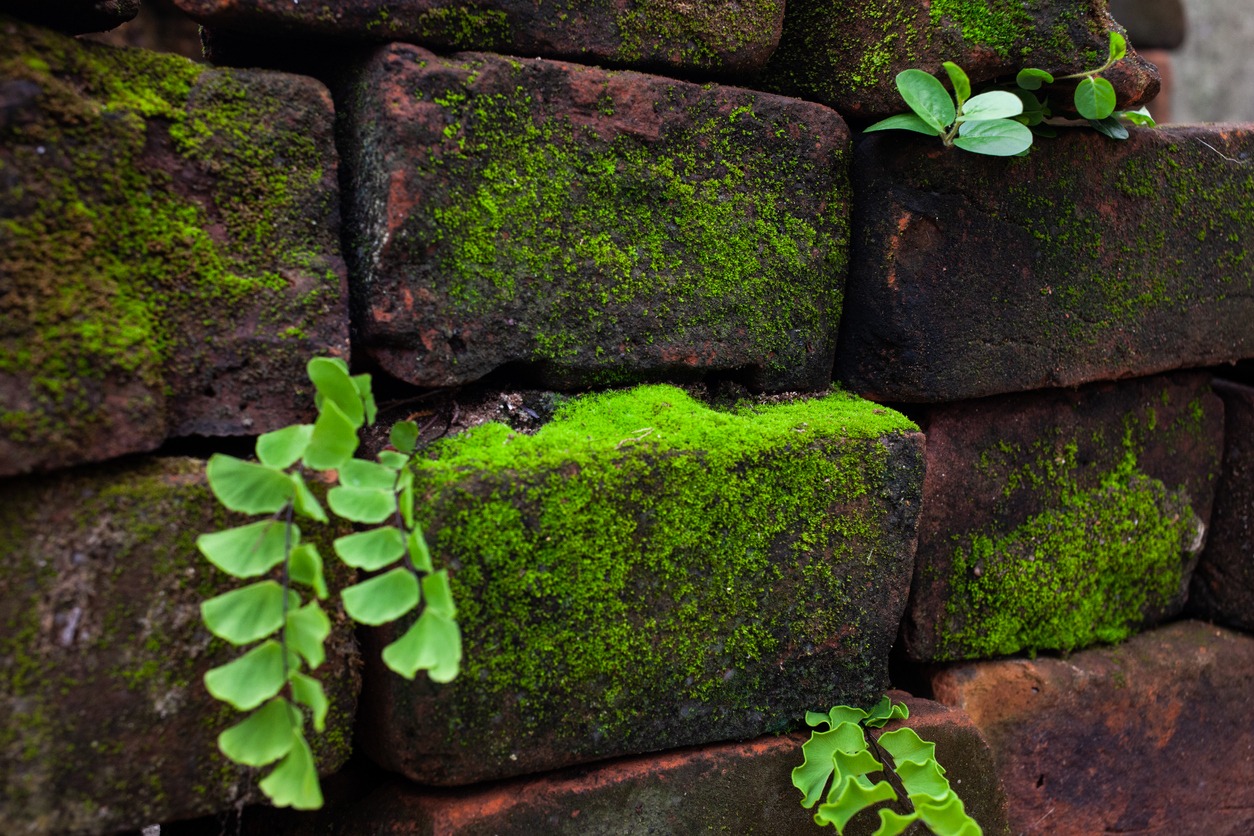Masonry is known for its durability, something even ancient archaeologists can attest to. It can stand the test of time with ease.
However, even masonry encounters common issues occasionally. Fortunately, these problems don’t suddenly lead to disasters overnight. But, over time, they can take a toll on your masonry’s appearance and structural stability.
As a property owner with masonry work, it’s your responsibility to address these issues promptly—for both safety and curb appeal. In this post, we’ll help you keep your masonry in top shape with some straightforward advice on what you can do to combat these problems as easily as possible.
Brick Spalling
You’ve probably come across brick spalling at some point—it often appears as if the brick’s surface is flaking away. But it can also resemble general cracking, peeling, crumbling, or chipping. It can be especially tricky to spot when the damage is concentrated on a tall, vertical wall. Sadly, several factors can trigger it, such as poor installation, inadequate upkeep, improper repairs, or environmental influences.
It happens because of the repeated freezing and thawing cycles over the years. If addressed, spalling can lead to structural problems in the masonry. The solution is straightforward: just remove and replace the bricks affected by spalling, then seal the area with a masonry sealer.
Spalling is almost always water getting where it shouldn’t. While fixing the masonry is essential, tackling the water infiltration problem is just as vital. Typically, water sneaks in through failed joint sealants, clogged drainage pipes, and other weak points in the structure.
Efflorescence
Efflorescence, a common occurrence on brick walls, presents as a white, crystalline deposit found on lime or masonry cement surfaces. It’s sometimes mistaken for mold, but it differs in that efflorescence doesn’t show up on organic materials. Several factors can trigger efflorescence, and you’re more likely to spot it during cooler and wetter seasons, like fall and spring.
While efflorescence will eventually dissipate on its own, you can take action for a quicker solution. Begin by properly cleaning the surface through dry brushing or rinsing and brushing with a stiff brush. If this doesn’t yield satisfactory results, you can wash the surface using a commercial masonry cleaning solution or a very diluted mix of muriatic acid (1% to 10%).
Apply a water-based, penetrating water-repellent sealer as per the manufacturer’s instructions. This will offer long-term protection against water and salts and prevent the formation of efflorescence in other areas.
If the problem persists, it’s advisable to consult a masonry expert to diagnose and determine the appropriate steps. However, if you’re curious to learn more, conducting thorough research can provide additional insights into potential solutions. This will also help you avoid actions that might worsen the problem.
Bulging Wall
Although it might sound like an odd term, a bulging wall can lead to some serious issues. It refers to a brick wall that’s swelling or protruding, typically due to problems like water seepage, rusting anchors, mortar deterioration, or shifting in the external cladding. To spot a bulging wall, keep an eye out for an area of your brick wall that appears abnormally swollen.
The moment you suspect such swelling, it’s essential to reach out to a mason promptly. This is crucial because the wall could potentially collapse at any time. The mason will assess whether it’s necessary to rebuild the entire brick wall or if a simple repair of the affected section will suffice.
Mortar Deterioration
Sometimes, the mortar used for brick joints can be low-quality or degrade over time. When you notice signs of deterioration, it’s crucial to take swift action to prevent further problems like water infiltration and the emergence of bulging walls.
If your mortar has started to deteriorate, the most effective repair method is called repointing or tuckpointing. To repoint the mortar, remove the deteriorated portion from the joint using a hammer drill or grinder. Apply fresh mortar and let it dry. Consider using mortar with built-in sealers. If necessary, apply a sealer over the affected joints.
However, it’s important to note that not all mortars are the same, and choosing the right type is crucial. For instance, a building with breathable mortar is designed to allow moisture to escape. It repels moisture, and any that enters can evaporate outward through the mortar. If you patch failing mortar with a completely waterproof material, it could trap moisture inside and potentially worsen the damage.
So, when patching mortar on any masonry structure, be sure to use the appropriate materials, as it’s a common issue in brick masonry walls.
Failed Joint Sealants
We’ve mentioned the importance of joint sealants in preventing water infiltration, but it’s worth emphasizing once more. Joint sealants play a crucial role in all parking structures and masonry buildings. While they may not be direct masonry repair concerns, they often serve as the root cause of damage.
Typically, sealants have a lifespan of 15-20 years or even longer, depending on factors like traffic and exposure to harsh weather conditions. Nonetheless, annual inspections are essential to ensure they continue to keep water out. Keep a close eye on joint sealants around windows, doorways, and entrances or the points where the building meets other surfaces.
Freeze and thaw cycles can be particularly tough on joint sealants, so structures in winter environments need extra attention.
Damaged Bricks
Over time, bricks can suffer damage, especially due to temperature fluctuations and other factors that can shorten their lifespan. Once you’ve confirmed that the section with damaged bricks isn’t concealing a bulging wall, you can proceed to the next step, which involves removing the damaged bricks and replacing them.
However, it’s important to note that this task is best suited for individuals with prior experience in manual work and is not recommended for beginners. If you’re not confident with your skills, get help from a professional mason.
Cracks in Brick Walls
Small cracks in the mortar can develop as bricks settle and shift over time, causing minor cracks in the brickwork. The key takeaway here is that a professional can identify and address mortar joint issues and perform any necessary repointing work before these small cracks escalate into more severe damage. This restoration work can bring back both the appearance and functionality of your chimney or other brick structures.
When you spot cracks in brick walls, it might not necessarily mean you have bulging walls; there could be various reasons behind them. For instance, the crack could be a result of structural movement, such as settling in the house or foundation issues.
Since this could potentially indicate a significant problem, don’t delay in finding out the cause and taking action promptly.
However, if you neglect regular care and maintenance, these cracks can lead to leakage. Initially, small cracks may not seem like a big concern. But the issue is that they tend to grow. Both bricks and mortar are porous materials, which means they absorb water. When the absorbed water freezes and expands, those small cracks can expand as well, allowing water to seep in wherever it can.
Cap Flashing Problems
More commonly seen in older structures, cap flashing serves as a protective barrier to prevent water from trickling down the brick surface of a building. Standard clay caps, typically around three feet long with joints in between, are used.
Keep a close eye on those joints between the caps because they can provide an entry point for water. One option is to replace the joints, but the ideal solution is to use metal flashing. Metal flashing can be custom-fitted and is often preferred in newer buildings as it eliminates joints, creating a watertight seal that endures.
Stressed and Bowing Walls
When water infiltration becomes widespread, masonry walls may start to flex and bow. This is a clear signal that restoration work is necessary, not only to repair the structural integrity of the wall but also to address the source of water entry. One common cause of bowing walls is the absence of cap flashing or improper installation that allows water to seep into the masonry elements.
If you observe any bowing or flexing in a masonry wall, it’s crucial to promptly get in touch with a restoration expert to tackle the issue.
Mold
Mold can lead to significant consequences if not dealt with swiftly. In some cases, if the mold hasn’t deeply penetrated, simply cleaning the affected area can effectively resolve the problem. On the other hand, if the mold has embedded itself into the wall, cracks, or openings, more comprehensive work will be required. It’s equally important to identify what has caused the mold presence to prevent its return.
Sandstone Erosion
To tackle sandstone erosion, some individuals opt to add extra mortar around the affected areas. However, if this is done improperly, the added moisture can actually lead to more damage.
To genuinely address this concern, remove any damaged stones and replace them along with the surrounding mortar, if possible. Seal the surface with a hydrophobic sealer.
In cases where the sandstones are exceptionally large, or the damage is extensive, consult with an engineer to determine the best methods for removal or repair.
Algae Growth
Algae growth can take over your walls when there’s enough moisture to fuel it. And that’s not the kind of statement you want your property to make! Fortunately, it’s even easy to resolve.
If you spot algae growth on your structure, clean the walls with water, a suitable cleaner (diluted bleach is often effective), and your choice of a brush or pressure washer. Using both cleaning methods together can be quite effective.
Apply a hydrophobic sealant following the manufacturer’s instructions to provide long-term protection against moisture and dirt.
Staining
Staining may not be the most serious issue since it’s primarily a cosmetic concern. Over time, bricks can develop stains due to exposure to humidity, water minerals, and sunlight. However, it’s essential to avoid taking matters into your own hands and painting your brick without professional guidance.
Brick needs to “breathe,” and if it’s sealed improperly with paint, it can lead to problems and eventually harm the structural integrity of your home. Call for a professional if the staining in your masonry wall really bothers you, and don’t try to paint it on your own without making sure that you’re using the right kind of paint.
Cracks in the Chimney Crown
Your chimney crown, which is the cement top part of the chimney, serves as a barrier to prevent rain and snow from infiltrating the space between the bricks and the tile flue liner. If your chimney’s structure shifts or if the crown experiences shrinkage due to improper installation, it can develop cracks.
These cracks are susceptible to freezing and expansion, similar to what happens with your brickwork. To prevent this from happening to your chimney crown, proactive maintenance is essential. Applying a crown coat before significant cracking occurs is a recommended step to take.
Flashing Leaks
Dealing with flashing leaks. The gap between your chimney and the roof’s structure is typically quite sizable, providing an easy entry point for water.
To seal off this area, aluminum flashing is commonly employed, often paired with tar or another waterproof sealant. However, over time, flashing can sustain damage, and tar doesn’t have a long-lasting effect.
To safeguard against leaks and prevent significant damage to your home, perform regular maintenance on the flashing installed on your roof.
Tips for Addressing Common Masonry Issues in Your Building
When you spot any of these masonry problems on your building, it’s essential to plan your repairs carefully. Incorrectly replacing bricks, painting over brick surfaces, or using the wrong mortar and materials can exacerbate the issue. Take the time to research, seek advice from experts, and make repairs that will stand the test of time.
Proactive maintenance, along with annual or semi-annual inspections, can make a significant difference in maintaining your building’s condition. During your inspections, as you walk around the structure, allocate a few extra minutes to scan both upward and downward to identify signs of trouble, such as crumbling brick, water stains, and obvious damage.
We recommend following the “top six feet and bottom six feet” rule for visual inspections because these two areas on a building tend to show the most wear and tear. Concentrate your visual checks on these upper and lower sections to spot any problems early on. The sooner you detect issues, the more cost-effective and efficient your restoration work and repairs will be.
If your building reaches a point where bricks can be easily pulled from its structure, it poses a risk to tenants and requires immediate action. Don’t let things reach this extent – implement regular inspections and maintenance to safeguard your investment.
Undertaking these repairs yourself can save you money, which is fantastic. However, if the repairs demand more than your capabilities, it’s best to bring in the professionals. While learning masonry repair techniques is commendable, safety and the long-term well-being of your building should take precedence.






